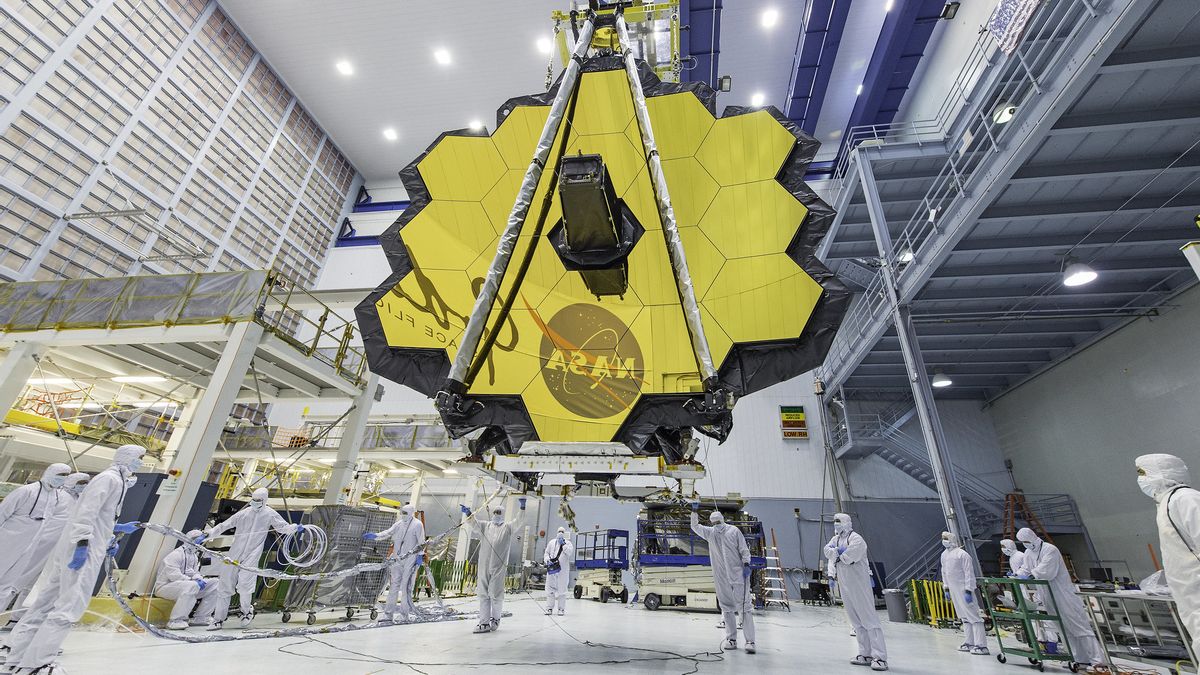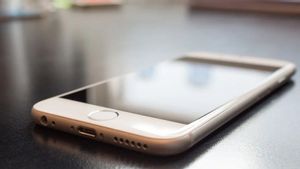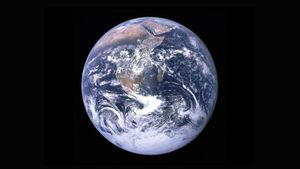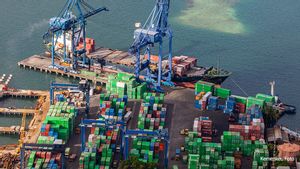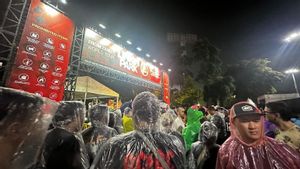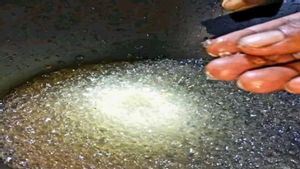JAKARTA - The James Webb Space Telescope was finally launched on Christmas Eve last night. This exoplanet surveillance tool will soon begin its science mission in space.
A $10 billion instrument, the Webb telescope launched aboard an Ariane 5 rocket from the European Space Agency's (ESA) spaceport in French Guiana, and embarked on a mission to study the early universe, nearby exoplanets, and more.
However, members of the telescope team including humanity must remain patient, because the Webb telescope has a lot of work to do before it goes into operation.
During its launch, the telescope, also dubbed JWST, will head straight for Sun-Earth Lagrange Point 2 (L2), a gravitationally stable spot 930.000 miles (1.5 million kilometers) from Earth toward Mars.
Unfortunately, getting to L2, the Webb telescope is a very long process, it will take 29 days to get there, and there will be many obstacles along the way.
"The Webb telescope has 50 large deployments and 178 release mechanisms to deploy those 50 parts. Every single one of them should work. Opening Webb is the most complex spacecraft activity we've ever done," said Webb Mission Systems Engineer Mike Menzel, in October.
So what's next for the Webb Telescope after its launch?
Quoting Space, Monday, December 27, about half an hour after liftoff, it will install solar panels and begin absorbing energy from the Sun. Last night, this massive telescope had already burnt the vital engine for 65 minutes that put it on the L2 path.
Then one day after launch, the Webb telescope will rotate its high-gain antenna toward Earth in order to communicate with its team. The day after that, the spacecraft will perform engine combustion again to complete its trajectory to L2.
Then, three days after launch, the pallet that holds the Webb telescope's massive sunshield, a five-layer structure designed to keep the infrared telescope and its instruments cool, will be unloaded.
The sunshield is described as resembling a tennis court when fully extended. The sunshield structure has 140 release mechanisms, 70 hinge assemblies, 400 pulleys, 90 cables, and eight drive motors, all of which must work properly for the five layers to be installed as planned.
The protective cover will come off the sunshield five days after launch, this should be completed eight days after liftoff, as teams on Earth will begin to shift their focus to optics.
SEE ALSO:
About 10 days after launch, the Webb telescope will expand the secondary mirror by 2.4 feet (0.74 meters), to make the main mirror 21.3 feet (6.5 m) operational. The mirror, which is made up of 18 hexagonal segments, is launched folded, as the sunshield does.
If nothing goes wrong, about 12 to 13 days after launch, the wings on the two sides of the mirror will extend and lock into place, providing a full-size surface.
At that time, the Webb telescope will be in its final configuration. Two to three months after launch, the team will align the main mirror segment so that it functions as a single light-gathering surface. This would be a time-consuming job, as the mirror would have to be perfect to an accuracy of 150 nanometers.
As this happens, the Webb telescope team on Earth will also test and calibrate the telescope's four scientific instruments. The goal is to start regular science operations six months after launch. The timing of Webb's observations will be broken down into various projects selected by peer review, as was done with NASA's Hubble Space Telescope.
The English, Chinese, Japanese, Arabic, and French versions are automatically generated by the AI. So there may still be inaccuracies in translating, please always see Indonesian as our main language. (system supported by DigitalSiber.id)
